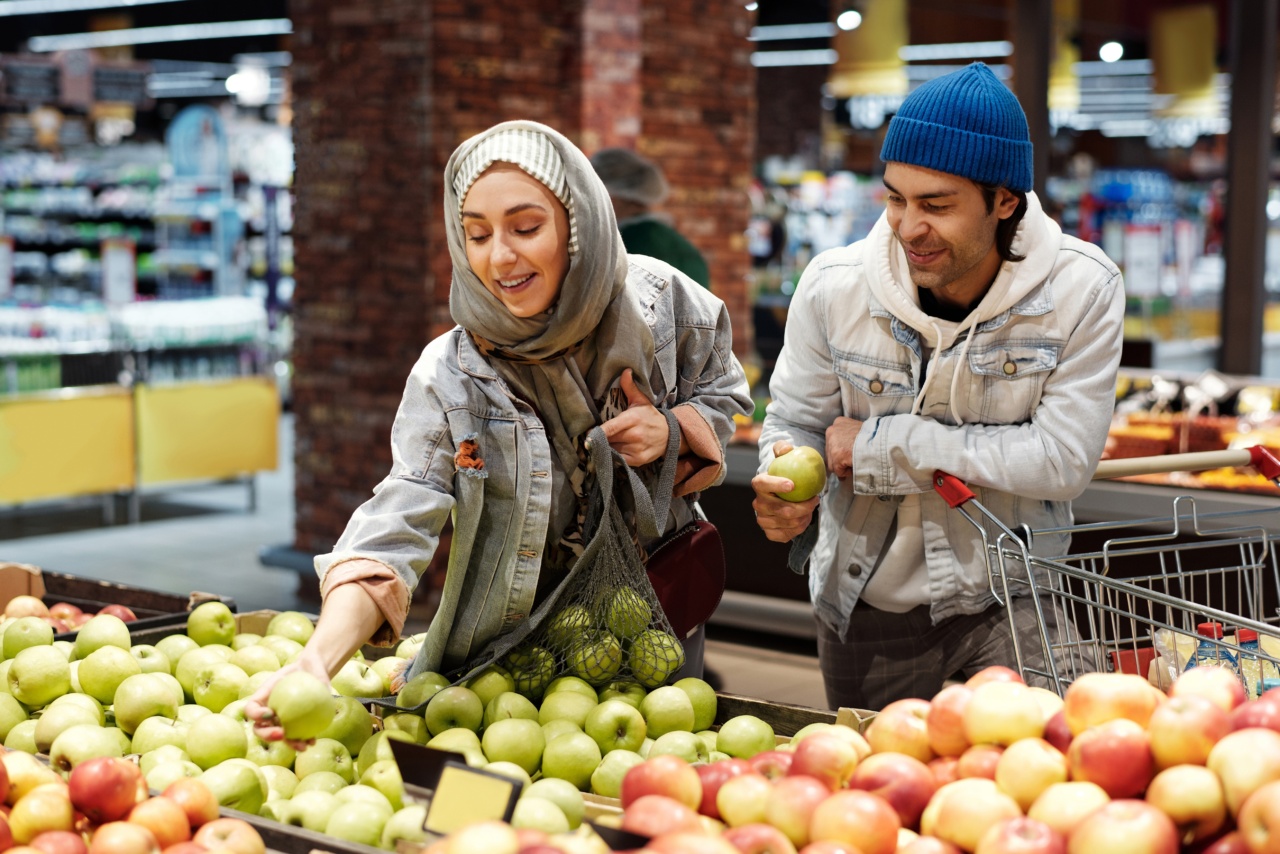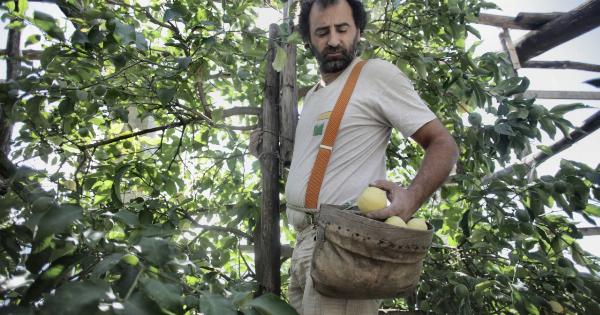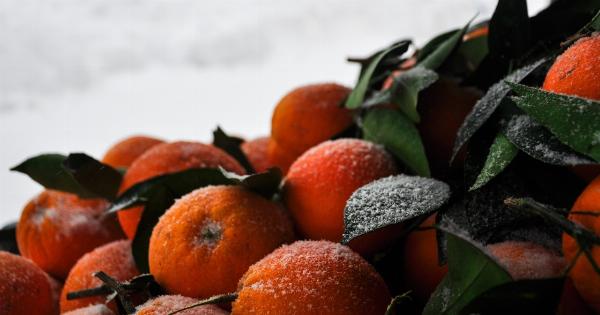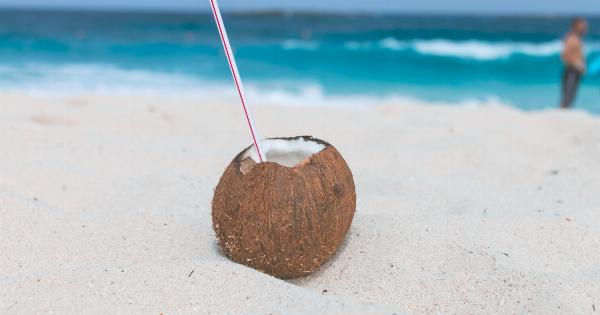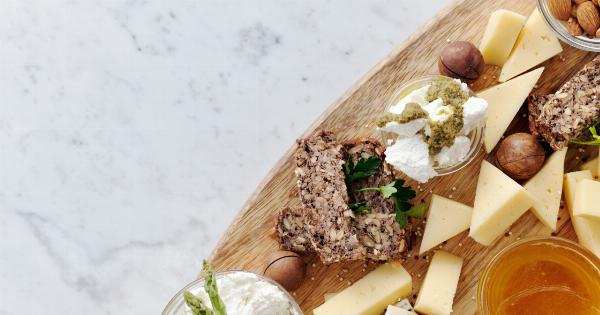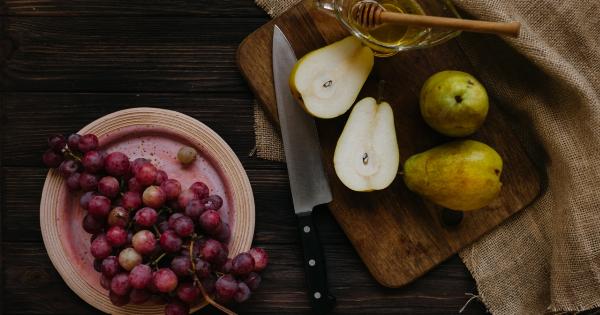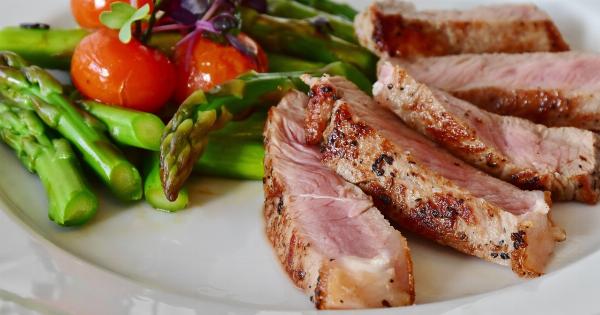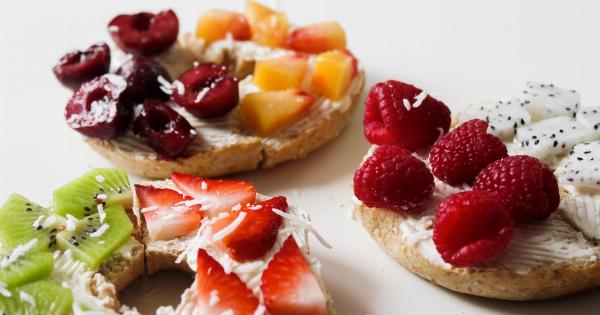Fruit is nature’s gift to us. It is packed with essential vitamins and minerals that are necessary for a healthy lifestyle. We all love to eat fresh fruit, but sometimes it can be difficult to determine which fruits are the freshest.
In this article, we will provide you with ten tips to help you buy the freshest fruit.
Tip #1: Know the Seasonal Fruits
One of the best ways to ensure that you are buying fresh fruit is to know which fruits are in season. Fruits that are in season are fresher because they are grown locally and are picked at the right time.
For example, strawberries are in season during the summer, while apples are in season during the fall. Buying fruits that are in season also means that they will have a better taste.
Tip #2: Check the Color
Color is an important indicator of how fresh a fruit is. Fruits that are ripe and fresh should have a vibrant, bright color. For example, oranges should be bright orange, while bananas should be yellow with no brown spots.
If a fruit has a dull color, it may be old and not as fresh.
Tip #3: Smell the Fruit
Fruit that is fresh should have a sweet, pleasant aroma. If a fruit has no smell, it may not be very fresh. On the other hand, if a fruit has a strong smell, it may be overripe or going bad.
Tip #4: Check the Skin
The skin of a fruit can tell you a lot about its freshness. You should look for fruits that have a smooth, shiny skin with no blemishes or bruises. Blemishes or bruises can be a sign that the fruit is old or damaged.
Tip #5: Check for Firmness
Fruits that are fresh should have a firm texture. Gently press the fruit with your thumb to check for firmness. Avoid fruits that are too soft or squishy as they may be overripe or damaged.
Tip #6: Check the Stem and Leaves
The stem and leaves of a fruit can also tell you if it is fresh or not. A fresh fruit should have a green stem and leaves that are attached firmly to the fruit. If the stem or leaves are brown and dry, it may be a sign that the fruit is not fresh.
Tip #7: Look for Local Produce
Locally grown fruits are often fresher than those that have been shipped from other parts of the country or from abroad. If possible, buy fruits that are grown locally.
You can find local produce at farmers’ markets or through a community-supported agriculture program (CSA).
Tip #8: Buy in Small Quantities
Buying fruits in smaller quantities can help ensure that you are getting the freshest produce. Many fruits, such as bananas and apples, continue to ripen after they are picked.
Buying a small quantity ensures that you will eat the fruit before it becomes overripe.
Tip #9: Check the Refrigeration
If you are buying fruits that need to be refrigerated, such as berries or melons, make sure that they are stored at the proper temperature. Fruits that are not stored at the right temperature can spoil quickly.
Check the refrigeration temperature and make sure that the fruits are not stored next to other foods that could contaminate them.
Tip #10: Choose a Reliable Store
Finally, choose a reliable store to buy your fruits from. A store that has a good reputation for selling fresh produce is more likely to have high-quality fruits.
You can ask your friends and family for recommendations or check online reviews before choosing a store.
Conclusion
Fresh fruit is an essential part of a healthy diet. By following these ten tips, you can ensure that you are buying the freshest and most delicious fruits.
Remember to buy fruits that are in season, check the color, smell the fruit, check the skin, press for firmness, check the stem and leaves, look for local produce, buy in small quantities, check the refrigeration, and choose a reliable store. With these tips, you can enjoy the taste and health benefits of fresh fruit every day.
